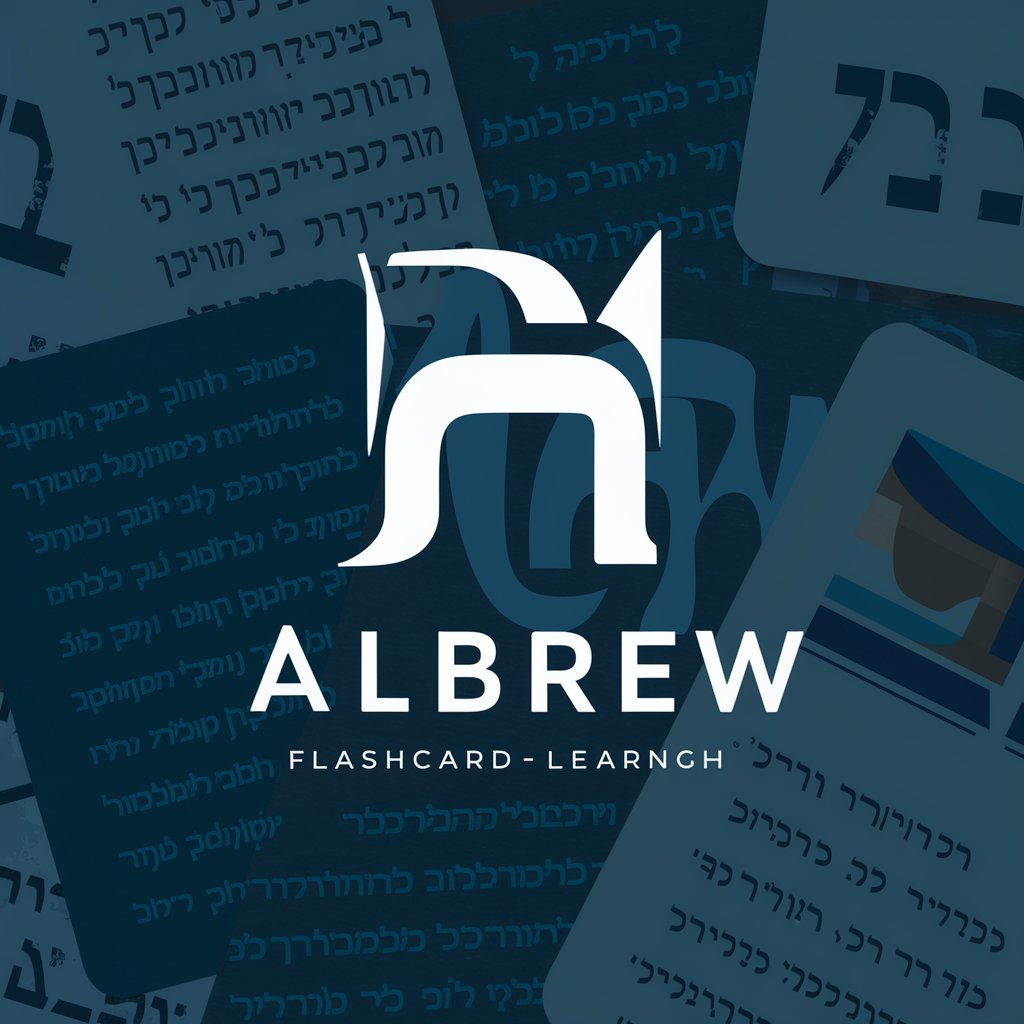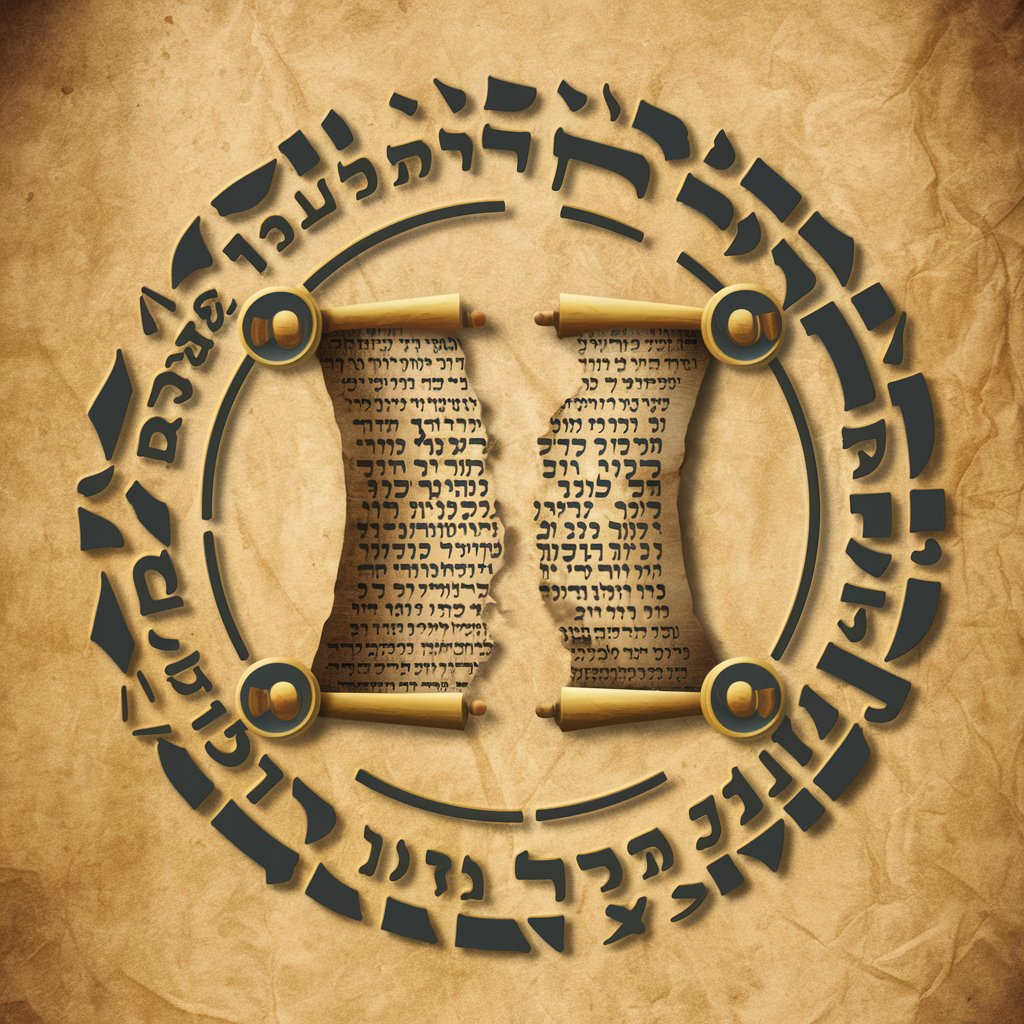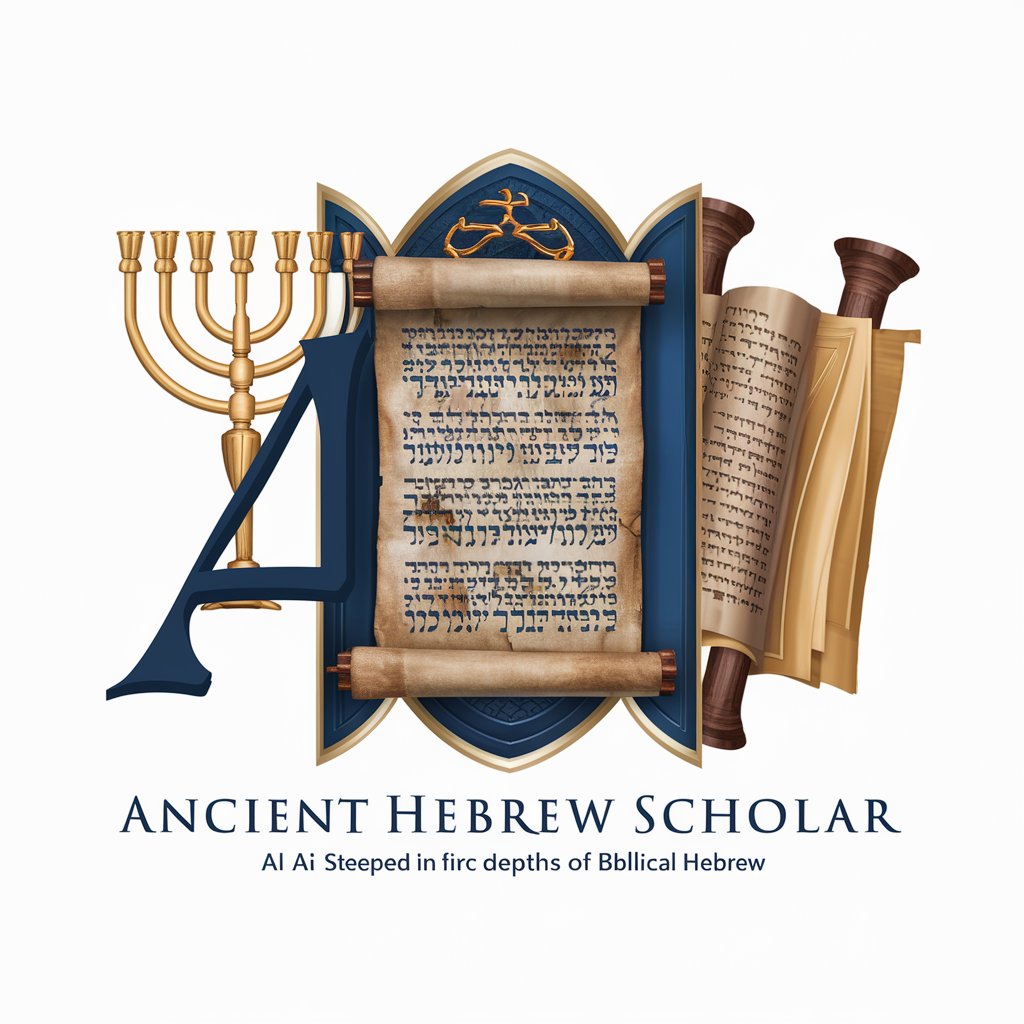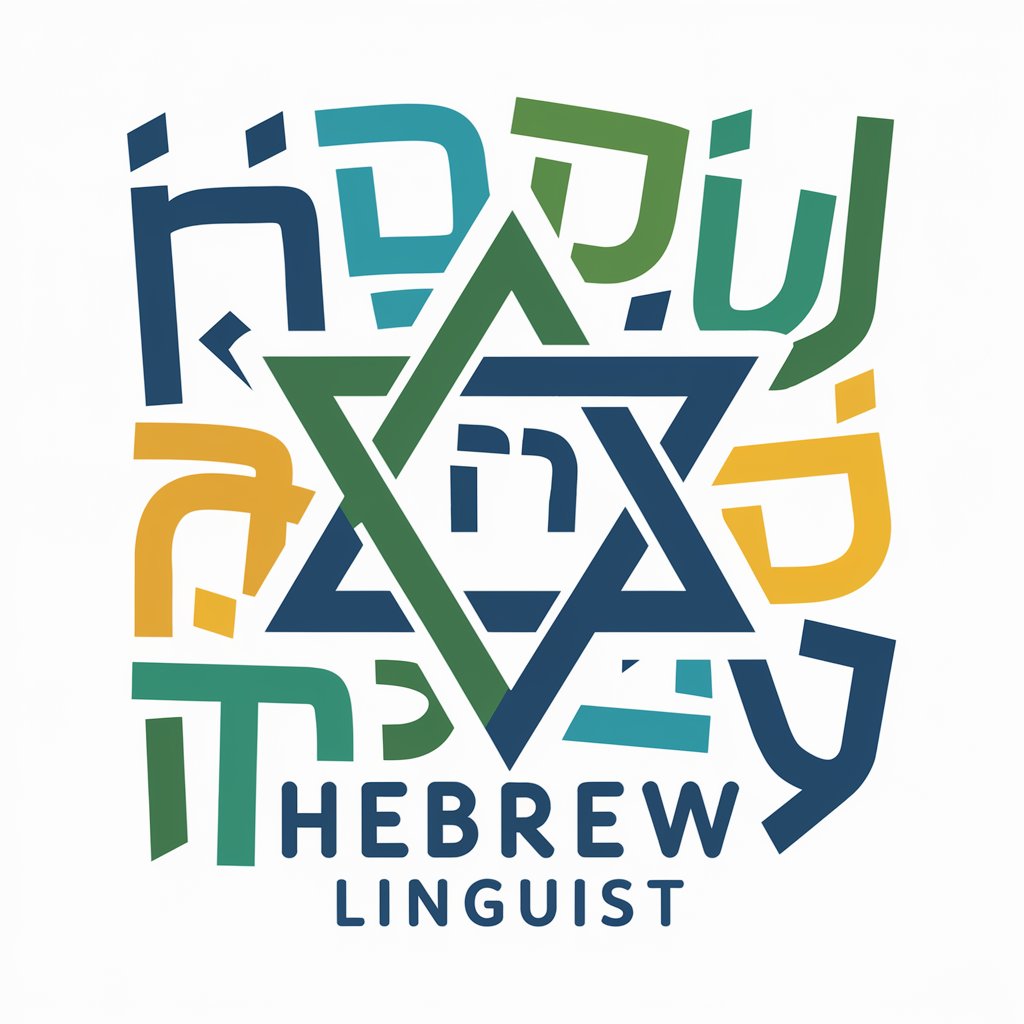
Hebrew Grammar - Hebrew Grammar Aid

Welcome! How can I assist you with Hebrew grammar today?
Unlocking the complexities of Hebrew Grammar with AI
Explain the use of the definite article in Biblical Hebrew.
How does Hebrew grammar handle verb conjugations?
What are the key differences between Biblical Hebrew and Modern Hebrew?
Can you describe the syntax rules for constructing Hebrew sentences?
Get Embed Code
Understanding Hebrew Grammar
Hebrew Grammar encompasses the rules and structures used in the Hebrew language, including Biblical, Mishnaic, Medieval, and Modern Hebrew. Its primary design purpose is to provide a systematic way to understand, learn, and apply the linguistic features of Hebrew. This includes phonology (the study of sounds), morphology (the formation and classification of words), syntax (the arrangement of words and phrases to create sentences), and semantics (the meaning of words and sentences). For example, understanding the Hebrew verb system involves recognizing binyanim (verb patterns), which fundamentally alter the meanings of roots to express voice, aspect, mood, and tense. A scenario illustrating this aspect might involve analyzing the verb לכתוב ('to write') in different binyanim to understand its various derived meanings, such as הוכתב ('was written') or כותב ('writing'). Powered by ChatGPT-4o。

Key Functions of Hebrew Grammar
Morphological Analysis
Example
Decomposing the word 'הלכתי' ('I went') into its root (ה.ל.ך), pattern (קטלתי), and morphological features (first person, singular, past tense).
Scenario
Useful in language learning and translation, helping understand word formation and conjugation.
Syntactic Parsing
Example
Analyzing the sentence structure of 'בראשית ברא אלהים את השמים ואת הארץ' ('In the beginning God created the heavens and the earth') to understand subject-verb-object relationships and the use of the definite direct object marker 'את'.
Scenario
Essential for translators and linguists to correctly interpret sentences, especially in complex Biblical texts.
Semantic Analysis
Example
Exploring the nuances of the word 'שלום' (peace), which can mean completeness, welfare, health, peace, and greetings, depending on context.
Scenario
Critical for accurate translation, teaching, and scholarly research to grasp the full meaning of texts.
Phonetic and Phonological Study
Example
Investigating the pronunciation changes of Hebrew through time, such as the Tiberian vocalization system versus modern Israeli Hebrew.
Scenario
Important for historical linguists, language teachers, and students to understand the evolution of Hebrew pronunciation.
Who Benefits from Hebrew Grammar
Language Learners
Individuals studying Hebrew at various levels, who benefit from understanding grammatical rules and structures to enhance their reading, writing, speaking, and comprehension skills.
Academics and Researchers
Scholars in fields such as linguistics, biblical studies, and Jewish studies, who require in-depth knowledge of Hebrew grammar for analysis, teaching, and research purposes.
Translators
Professionals translating Hebrew texts, especially religious and historical documents, who need a deep understanding of grammatical nuances to ensure accuracy and convey original meanings.
Religious Leaders and Educators
Rabbis, Jewish educators, and others teaching Hebrew texts, who use grammatical insights to interpret and explain complex scriptural passages to their students or congregations.

How to Use Hebrew Grammar
Step 1
Begin with a trial: Access a free trial at yeschat.ai, offering immediate use without the need for login or subscription to ChatGPT Plus.
Step 2
Learn the basics: Familiarize yourself with Hebrew alphabet, vowels, and basic sentence structure to understand grammar usage.
Step 3
Study grammatical rules: Dive into specific grammatical rules, such as verb conjugations, noun declensions, and sentence syntax, using provided resources.
Step 4
Practice with examples: Apply learned rules by practicing with examples from the uploaded documents, focusing on translation and interpretation exercises.
Step 5
Utilize AI assistance: For complex queries or clarification, leverage the AI's capabilities to explain grammatical nuances and provide contextual examples.
Try other advanced and practical GPTs
Gamer Name Generator
Craft Your Unique Gaming Identity

I Understand meaning?
Enhancing Understanding with AI
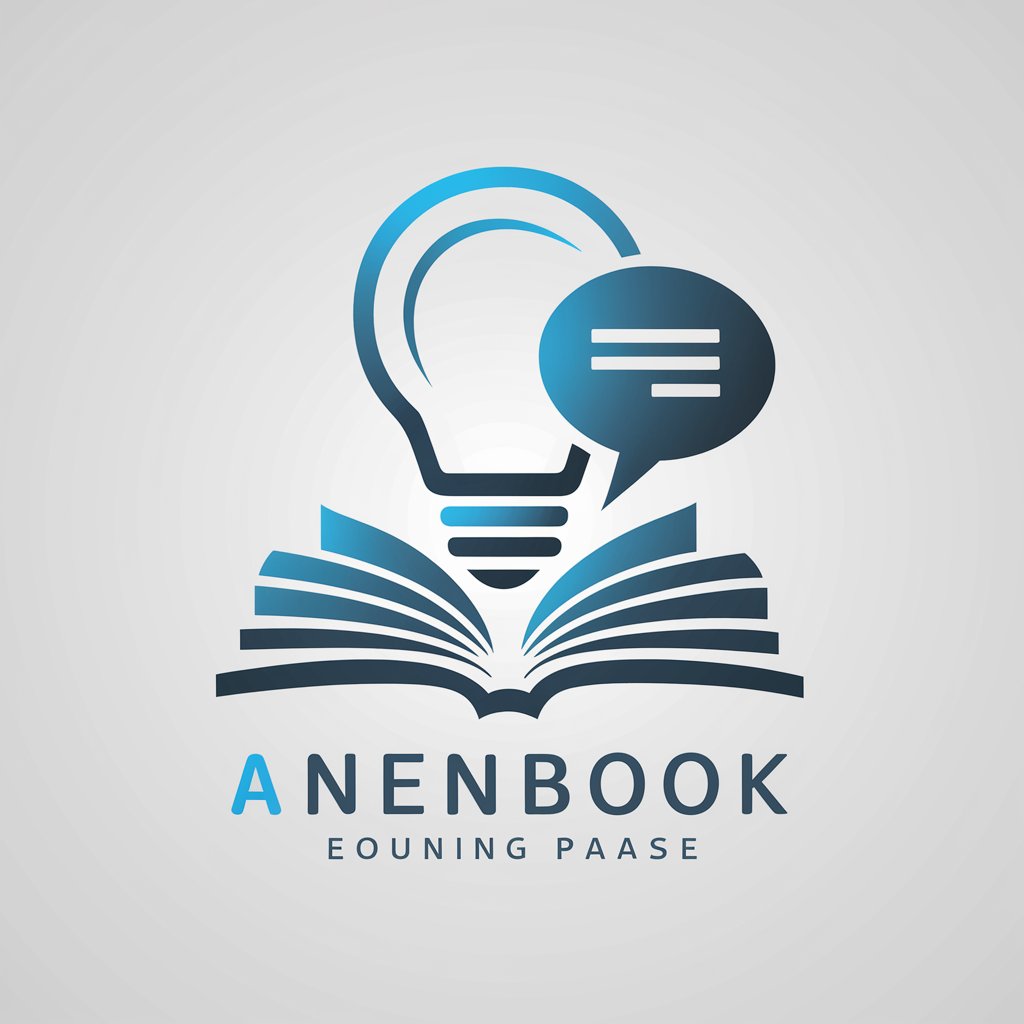
Look On meaning?
Empowering creativity with AI insights

Koi Boy meaning?
Elevate your tasks with AI insight

Buttercup meaning?
Empower your writing with AI insights

Dog Nightmare meaning?
Interpreting canine dreams with AI

Game That I Play meaning?
Unlock Creative and Analytical Potential with AI

Character Generator
Craft unique characters with AI-powered imagination.

Brain Health
Empowering your mind, AI-enhanced advice.
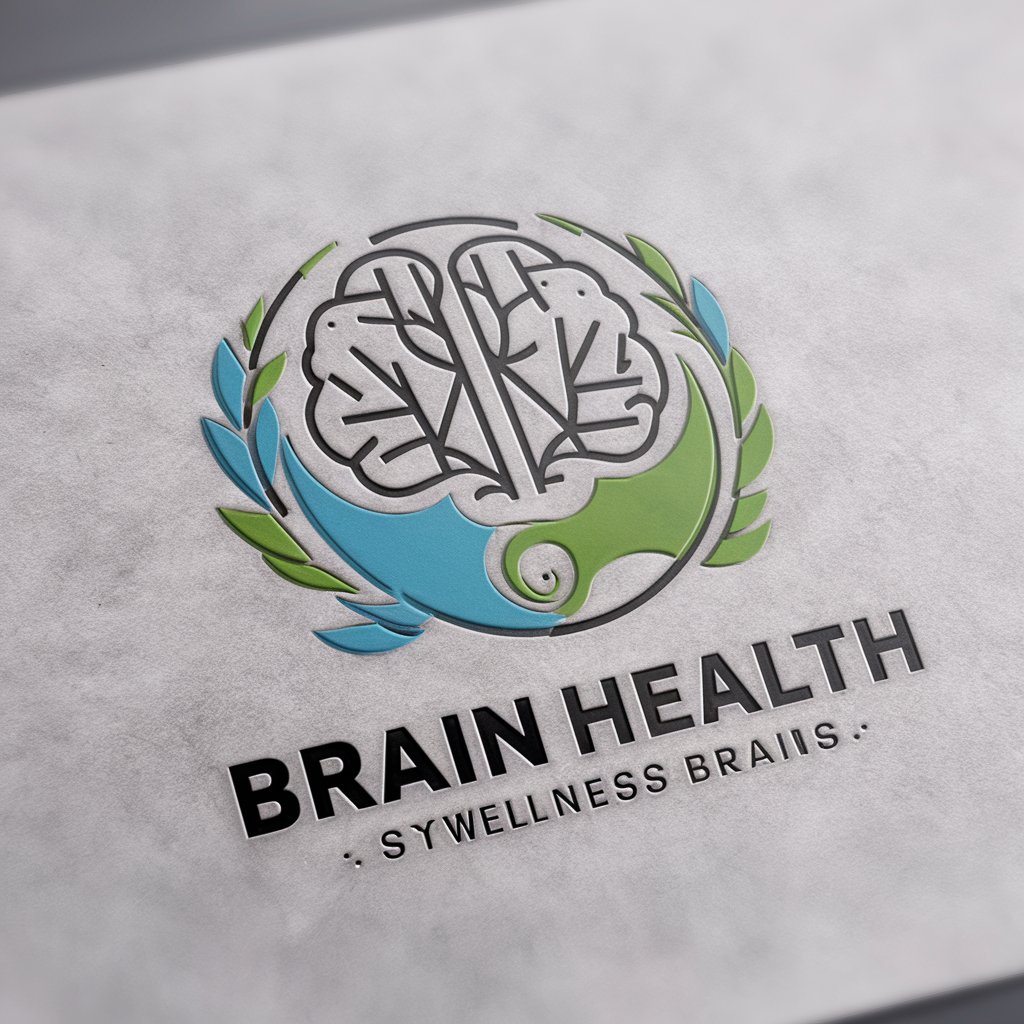
PetCare Advisor
Empowering Pet Owners with AI-Powered Advice

AiTheraBot
Empowering your health with AI
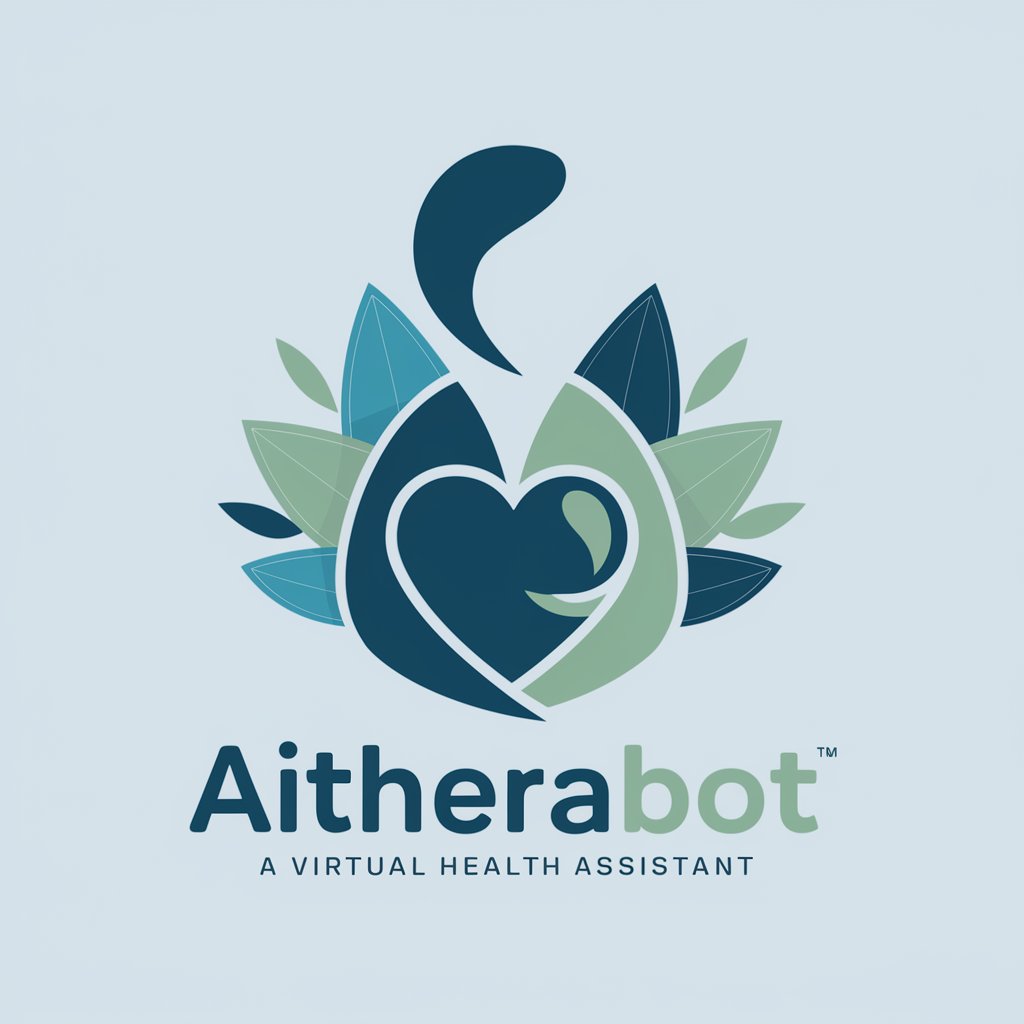
Persona Architect
Craft Unique AI Personas on Demand

Q&A on Hebrew Grammar
What makes Hebrew Grammar unique compared to other languages?
Hebrew Grammar features a root-based morphology, non-linear verb conjugation, and a rich system of prefixes and suffixes, distinguishing it from languages with more linear structures.
How does Hebrew Grammar handle verb tenses?
Hebrew primarily uses binyanim (verb patterns) to express different aspects of action, including completed and incomplete actions, rather than the past, present, and future tense system common in many languages.
Can you explain the use of gender in Hebrew nouns?
Hebrew nouns are inherently gendered, either masculine or feminine, affecting verb conjugations, adjectives, and pronouns. This gender agreement is crucial for grammatical accuracy.
What are some common challenges when learning Hebrew Grammar?
Learners often find challenges in mastering the Hebrew alphabet, understanding the verb conjugation system, and the extensive use of root words that change meaning with different patterns.
How can this tool help in translating the Old Testament?
This tool offers detailed analyses of Biblical Hebrew grammar, providing insights into syntactic structures, lexical choices, and cultural context, essential for accurate translation and interpretation of the Old Testament.

